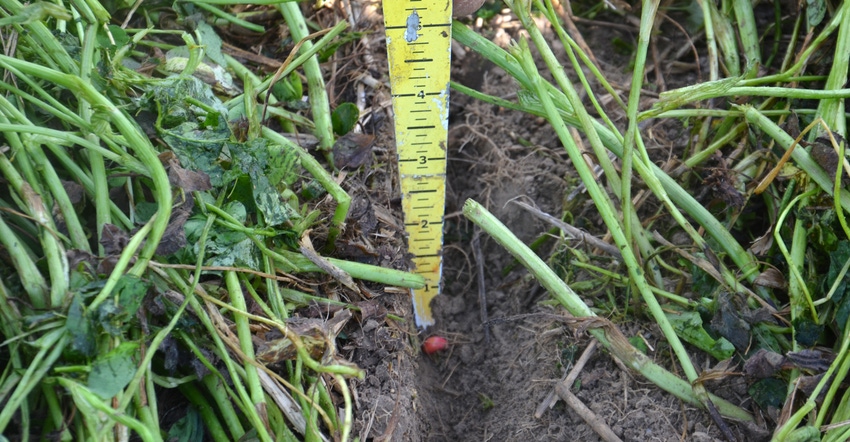February 14, 2022

A Purdue University Center for Commercial Agriculture poll indicates more than a third of farmers across the Corn Belt are aware of carbon credit markets. So far, though, only a small percentage participate.
There are solid reasons why participation is low. Most people believe the current going rate for carbon offset credits, around $10 per acre, is too low to gin up interest. In addition, farmers already in no-till and cover crop programs generally aren’t eligible. And many contracts offered require a long-term commitment. Plus, many people are waiting to see if USDA will step in, perhaps acting as the sheriff to tame a Wild West scenario in terms of current carbon markets.
So, there are two basic questions. First, should you pay attention? With the focus on environmental issues these days, we believe the answer is a resounding yes. Whether you intend to sign up or not, it makes sense to know what the fervor is about.
There might come a day when economics and mechanics change. If you’ve been following the debate, you will be a step ahead in determining if producing carbon credits is something to consider.
Right reasons
Second, should you consider participating in carbon markets today? Nathanael Thompson, a Purdue University Extension ag economist, framed an answer in easy-to-understand terms during the recent Purdue Top Farmer Workshop session on carbon credits. He notes that you likely fall in one of three categories in respect to carbon markets. See where you fit:
Already no-tilling and using cover crops. If you already no-till and plant cover crops, you likely aren’t eligible for carbon payments. Thompson says that’s because markets are built around the principle of additionality, meaning someone willing to pay for carbon credits expects someone to make changes to sequester carbon not sequestered before.
Only one program we know of so far, CarbonNow from Locus Ag, pays people already doing these things to participate, and that program requires buying one or more of their biological products. The bottom line is that if you’re already no-tilling and cover cropping, you’re probably doing it because you’ve figured out how to make it profitable. You’re already doing it for the right reason.
Chasing carbon credits. “The person who wants someone to help him convert to no-till and cover crops just so he can collect the carbon credit payment is the one that bothers me the most,” Thompson says. “There is not enough money being offered for carbon credits to make it worth doing just to get that payment.”
Well said! If you get into no-till and cover crops just to chase a $10-per-acre payment, you could likely invest far more than $10 per acre in both upfront and annual costs. If you’re not totally committed to conservation, it sounds like a poor, risky investment.
Considering no-till and cover crops anyway. If you’re ready to move into no-till and cover crops because you think it’s the right thing for your farm, and you’ve done your homework, then carbon credits might just be icing on the cake, Thompson says. You should still be careful about committing to relatively low payments in a long-term contract and watch for other contract details. But you might be the person who could benefit from carbon credits today.
Comments? Email [email protected].
Read more about:
Carbon CreditsYou May Also Like




